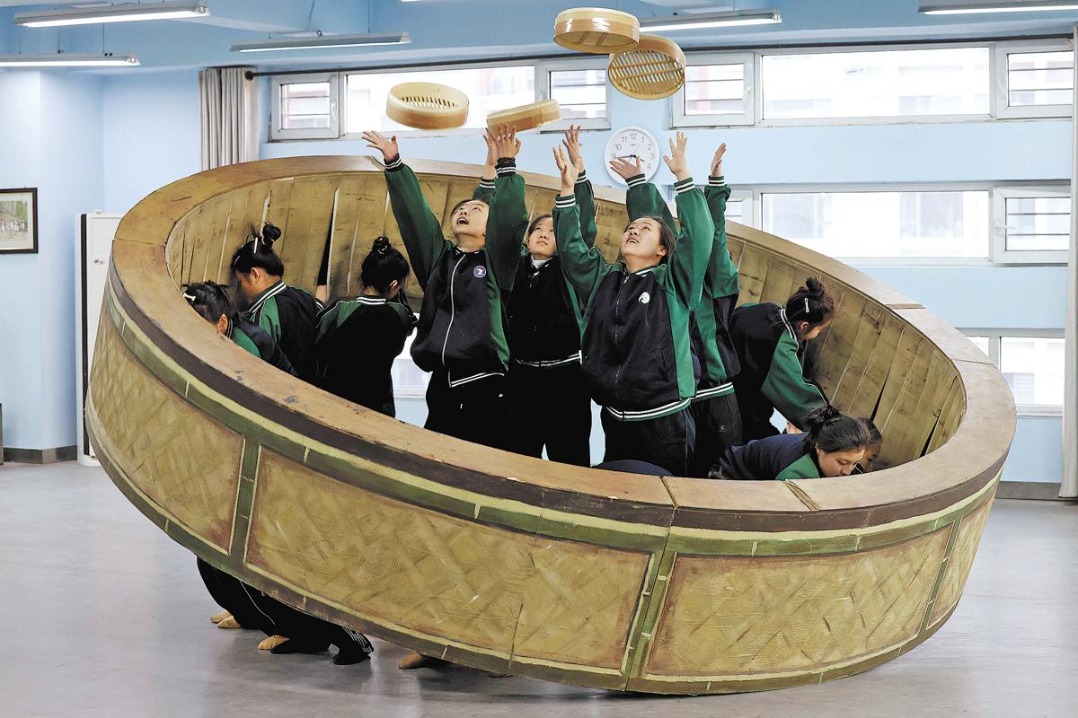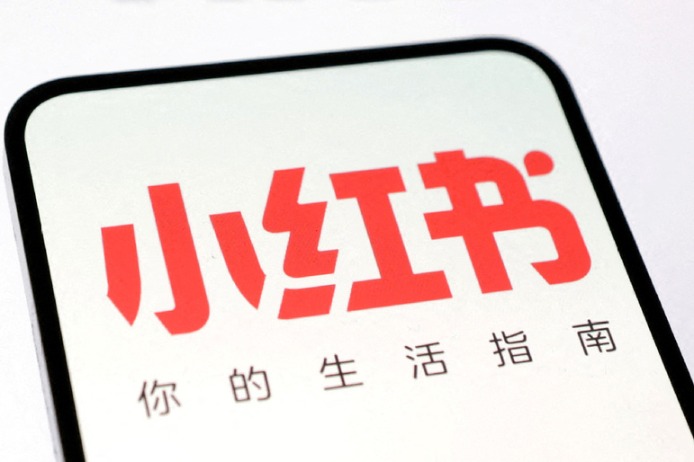FUJIAN AND RYUKYU, A FRIENDSHIP THAT HAS STOOD FOR OVER 500 YEARS
Bond strengthened by mutually beneficial exchanges, shared cultural heritage

For Japanese historian Kenichi Uezato, the coastal town of Meihua in Fuzhou, Fujian province, serves as a deep reminder of the people-to-people friendship between Fujian and Ryukyu that has lasted for centuries.
For over 500 years, the Ryukyu Kingdom — located in what is today Japan's most southwestern prefecture of Okinawa — was an independent tributary state under China's Ming and Qing dynasties (1368-1911).
The East China Sea stood between the Ryukyu Islands and Meihua, which served as a major port for two-way exchanges that benefited both communities, and had numerous influences on economy, culture and society that have endured to modern times.
In recent years, Uezato, a professor emeritus at the University of the Ryukyus in Okinawa, has been a witness to the efforts made by the Chinese side — especially by Fuzhou and its people — in preserving and building on shared cultural heritage. This includes the establishment of a culture museum in Meihua in November last year.
"Meihua was not only one of the key hubs for exchanges between China and the Ryukyu Kingdom during the Ming and Qing dynasties, but also a location frequently mentioned in the records of (Chinese) imperial envoys and Ryukyuan genealogical documents," he said when touring the new museum.
"Among the classical Chinese poems I have studied, there are many works composed by imperial envoys and Ryukyuan envoys using Meihua as their theme," Uezato added.
Fuzhou, a gateway to the Maritime Silk Road, is located in the lower reaches of the Minjiang River in eastern Fujian, and is separated from Taiwan by the East China Sea.
Meihua was one of the ports where China's legendary navigator Zheng He set sail from and anchored. Due to its advantageous geographical location, the port boasted a large number of people skilled in shipbuilding and experienced in navigation.
People from all walks of life, including envoys and traders from both sides, treated Meihua as one of the major hubs to sail for the Ryukyu Islands from.
Meihua was the starting point of seven official voyages of Chinese envoys to Ryukyu in 1561, 1579,1606, 1633, 1663, 1683 and 1719. A single trip might last for one or two weeks depending on the weather conditions.
"Outside the cabin, clouds fly and stars stir, while waves roar in the ocean and the skyline floats," Xiao Chongye, chief envoy of the second trip, wrote in a poem.
For centuries, China brought Ryukyu Kingdom a steady flow of trade, and influenced it in various areas such as its political system, astronomy and calendar, Confucian culture, and production techniques.
Great migration
In 1392, Zhu Yuanzhang (1328-1398), the first emperor of the Ming Dynasty, began to improve Ryukyu Kingdom's maritime and shipbuilding industries.
So he gave the kingdom numerous sea vessels to facilitate trade exchanges, and dispatched Fujian's boatmen and sailors to settle in Ryukyu and facilitate travel back and forth for the paying of tributes.
Those sent from Fujian represented 36 Chinese family names, and included well-known surnames such as Cai, Zheng, Jin and Lin.
The migration marked the only officially organized migration in China's history and had a profound impact on Ryukyu's political, economic and cultural development. It also gave rise to the earliest community of Chinese descendants in Ryukyu, officials and experts said.
Cai Hongheng is one of the most famous Chinese descendants who was loved by people in Ryukyu and Fujian.
Known by the locals as Cai Fu Ren, or Madame Cai, she was an expert in embroidery, and was once given an award by the emperor for her excellent work in making a gown for him.
She later settled in Meihua and dedicated herself to teaching locals her embroidery techniques until she died.
The locals worshipped her by building and maintaining temples to keep her memory alive.
"Meihua town preserves historical sites such as the Temple of Madame Cai, which are not only renowned locally for thriving worship, but have attracted spontaneous pilgrimages from across China and abroad since the 1970s," said Lai Zhengwei, a history professor at Fujian Normal University.
As part of local efforts to build on Cai's legacy, the renovation of the Temple of Madame Cai is underway.
"We extend our gratitude to those involved for not only preserving the Temple of Madame Cai but also revitalizing the Meihua area. I believe more visitors from Okinawa will come to visit in the future," said Uezato, the Japanese scholar.
Ye Jianwen, head of Meihua town under Fuzhou's Changle district, said the town has developed its own methods to improve preservation of cultural relics, such as online and written questionnaires, officials' on-site meetings, and face-to-face sessions to solicit opinions.
"Since last year, we have invited over 1,000 participants including experts, scholars, community elders and villager representatives for surveys and exchanges," he said.
"Our priorities have focused on excavating the historical culture of the ancient town, reinforcing ancient structures, protecting infrastructure and facilitating the revitalization of rural areas," he added.
Threads of heritage
Madame Cai has many successors to carry on her craft, as embroidered red dresses have become a signature traditional craft of Meihua.
These ornate dresses are made from high-quality red silk and the colorful embroidery threads are made from pure silk. They feature auspicious patterns such as peonies and phoenixes, to symbolize celebration.
The embroidered red dress of Meihua town was listed in the sixth batch of municipal-level intangible cultural heritage in Fuzhou city in 2021.
"Aside from the worship of her, the embroidery techniques taught by Cai have become a true testament to the people-to-people friendship between the two regions," said Lai, the professor.
Another cultural item testifying to the exchanges between Fujian and Ryukyu is the sanshin, a three-stringed musical instrument beloved by the Okinawan people. The instrument has its origins in China's three-stringed sanxian, which was introduced from Fuzhou.
Chinese Ambassador to Japan Wu Jianghao has mentioned that Okinawan friends have told him the prefecture's folk customs, dietary habits, cultural arts, architectural styles, and many other aspects, are very similar to those of China, particularly those of Fujian.
"Many words in the local dialect are pronounced exactly the same as in the Minnan dialect (in southern Fujian), and long-standing traditions such as celebrating the traditional New Year, the Tomb Sweeping Festival, and the Dragon Boat Festival are still preserved today," Wu said in a speech in Okinawa in 2023.
Satoru Chinen, mayor of Okinawa's Naha city, noted that Fuzhou and Naha have long thrived as hubs of exchange between China and the Ryukyu Kingdom. They established a sister-city relationship in 1981, and have engaged in "extensive exchanges in areas such as culture, sports, academia, education and the economy".
"We sincerely hope that the culture museum in Meihua will continue to be cherished by both cities as a symbol of their friendship, and flourish for generations to come," he wrote in a congratulatory message in October for the opening of the museum.
"We are truly delighted that Fuzhou, though far from Naha, has facilities where its residents can learn about the historical exchanges between the Ryukyu Kingdom and Fuzhou, offering them an opportunity to better understand Okinawa and Naha," the mayor said.
In 2023, the Asian Games were held in Zhejiang province's Hangzhou, and the Chinese karate team trained for the competition in Okinawa before the event.
In November last year, Nobutoshi Higoshi, president of the Okinawa Basketball Association, brought the Okinawa Youth Basketball Team to Fuzhou to participate in the Fujian-Okinawa "Sister City Cup" basketball tournament.
It was his second visit to Fuzhou. Thirty years earlier, he went to Fuzhou as a tourist.
"Now Fuzhou is full of high-rise buildings, and the pace of development is simply stunning," he said.
Fujian province and Okinawa prefecture established friendly relations in 1997, and marked 28 years of partnership this year.
Yet, the November visit was the first time the two sides had engaged in basketball exchanges.
Sporting connections
From November 11 to 15, the Okinawa Youth Basketball Team, consisting of students selected from senior and junior high schools, took part in three friendly games over five days.
They played against a Fujian men's youth basketball team and the Xiamen University's youth basketball team.
The Japanese teenagers, aged 14 to 17, were visiting Fujian for the first time, but said they did not find Fuzhou unfamiliar.
Tenshiro Hayashi from Okinawa Prefectural Okinawa Suisan High School said: "Fuzhou feels quite familiar to us. It shares many similarities with Okinawa in terms of lifestyle, cuisine and culture."
Since Okinawa and Fujian established sister province-prefecture relations, exchanges and cooperation in various fields such as economy, trade, tourism, people-to-people exchanges, and youth exchanges have achieved fruitful results.
The Fukushu-En Garden, now a famous tourist attraction in Okinawa's Naha, was jointly constructed.
The garden, rich in traditional Chinese aesthetics, faithfully replicates Fuzhou's iconic landscapes and has become a symbol of friendship between Fuzhou and Naha.
Fuzhou is also home to the Ryukyu-Kan Museum, a testament to Ryukyu's exchanges with Fujian and a tourist attraction enjoyed by Japanese tourists.
Last month, a delegation of 22 youths from Okinawa visited Fuzhou. Young volunteers from Fuzhou University of International Studies and Trade accompanied the delegation members to visit cultural attractions with Ryukyu connections.
"When I showed my Okinawan friends how people in both Fujian and Ryukyu worship Mazu (Goddess of the Sea) and share the same cultural heritage of Chinese characters, the surprise in their eyes made me deeply aware of the power of preserving history and tradition," said Lin Yuyang, a Japanese language major.
Yang Jie, Wang Jingyao and Xu Yidan contributed to this story.

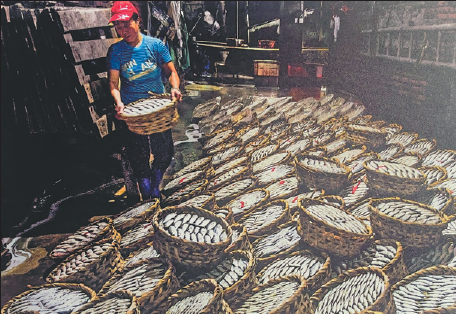
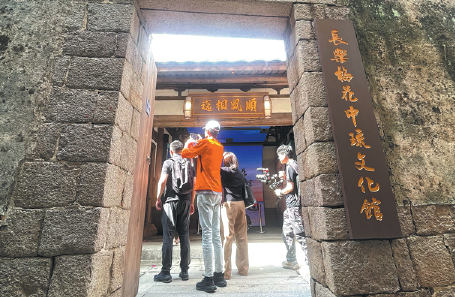
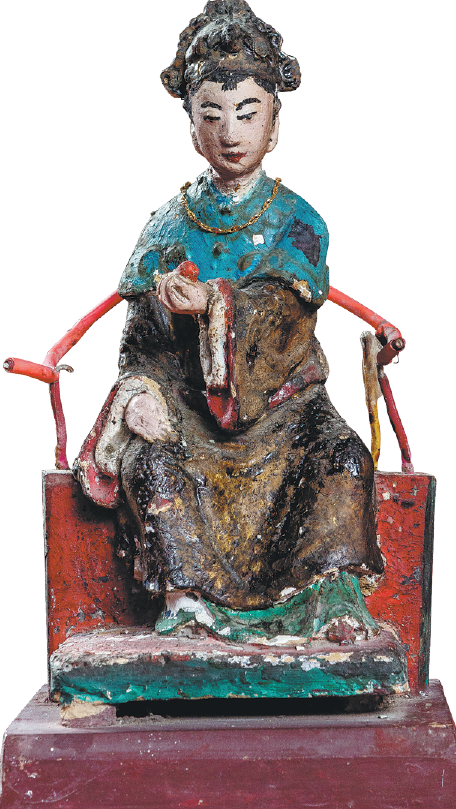
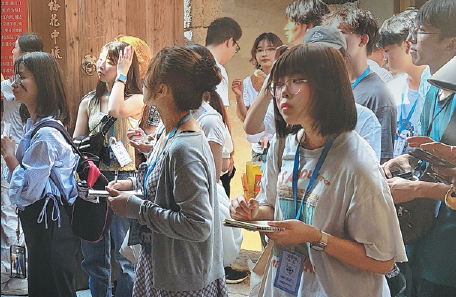
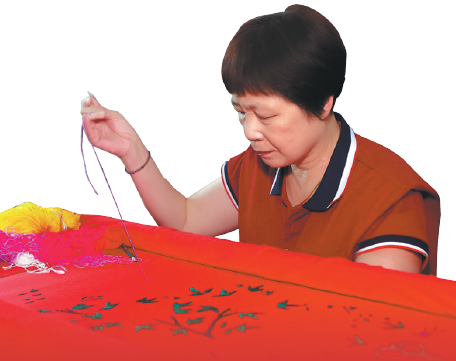
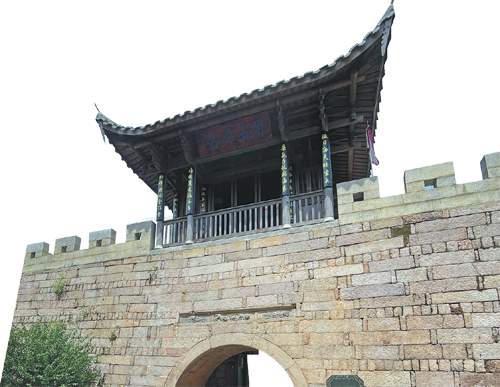
Today's Top News
- Turning export resilience into prosperity
- Policy paper on Latin America and Caribbean unveiled
- IMF: China's resilience will be sustained
- Optimization of educational assets stressed
- China-Russia joint air patrol shows resolve to maintain peace, stability
- Group of Friends initiated to boost global governance





















